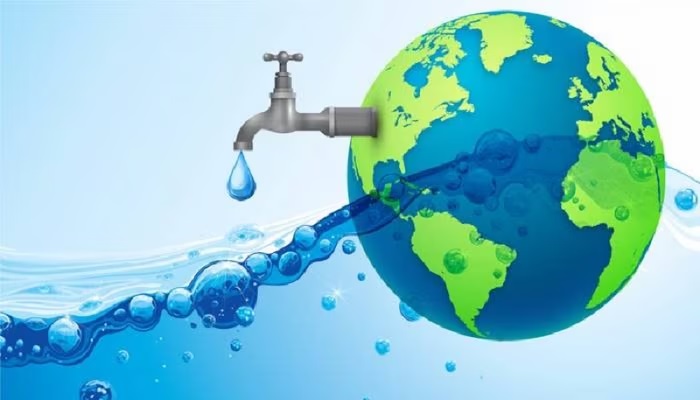
“Now the time has come that we conserve water. Let’s work with all our might to eliminate water pollution. Bihar is moving towards water crisis. The districts of North Bihar, Muzaffarpur, Champaran, Samastipur, Darbhanga, Madhubani and Sitamarhi stand at its mouth. “The situation is that maximum arsenic has been found in Benipur, Biraul, Ghanshyampur, Tardih, Gaudabauram, Alinagar blocks of Darbhanga.
Ground water level went down six feet three inches
The groundwater level in Ujiarpur block of Samastipur has gone down by six feet three inches. The amount of arsenic found here was up to 800 ppb (parts per billion). 47 rivers pass through East Champaran district. But there was an outcry in Chhauradano, Raxaul, Adapur and Dhruv Lakhaura of Sadar area in the summer of 2023. Even the hand pumps had dried up due to falling water level. If the situation continues like this, by 2050 even half of the water required will not be available.
Per capita water availability is decreasing
Ashok Kumar Ghosh, who was the chairman of Bihar State Pollution Control Board, says that the per capita availability of water is decreasing in Bihar. Bihar government figures also seem to confirm this concern of Ashok Kumar Ghosh. There was a gathering of scientists and experts in Patna in 2023 regarding the agricultural road map. It was assessed that Bihar would need 145048 million cubic meters (MCM) of water by 2050. Currently the water availability in Bihar is 132175 MCM. That means, even if the current water level is maintained, there will be a reduction of 12873 million cubic meters of surface water by 2050.
Water research and public awareness are the only options for water conservation.
According to Dr. Ghosh, water conservation, water research and public awareness are the only options. This is not possible without public participation. Water resources in Bihar are less than the increasing population. If this situation of groundwater exploitation continues, we will reach a serious situation in a few decades. The situation in many areas of North Bihar including Darbhanga is even more worrying. A report of the Agriculture Department shows that per capita water availability has decreased by 539 cubic meters in the last 12 years. In the year 2011, each person’s share of surface water was 1594 cubic meters. By the year 2023, it has reduced to 1055 cubic meters. By the year 2050 it will reach 635 cubic meters. There are 1000 liters in one cubic meter.
read this also…
In Muzaffarpur, a woman had built a 6 feet deep cellar for liquor, the excise department team was stunned to see it.

